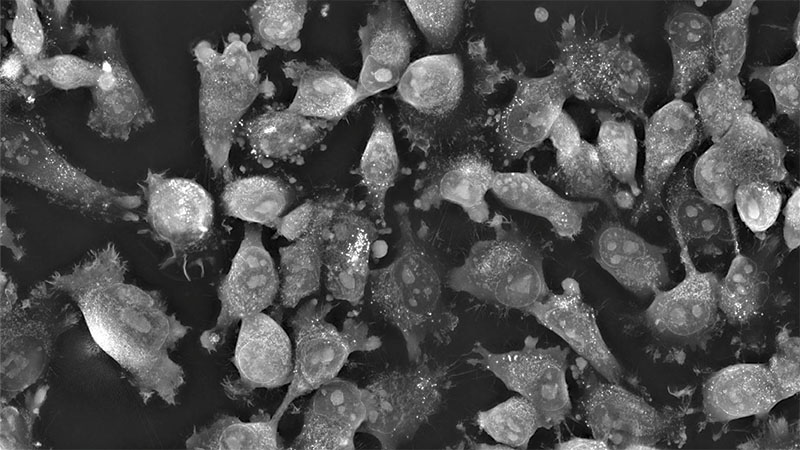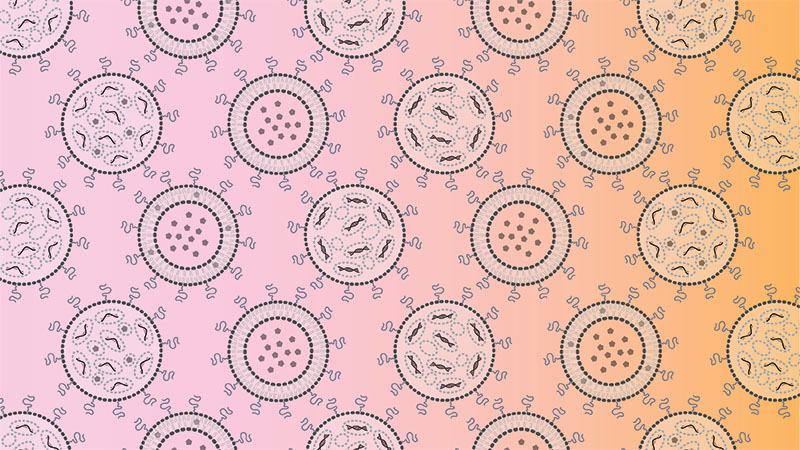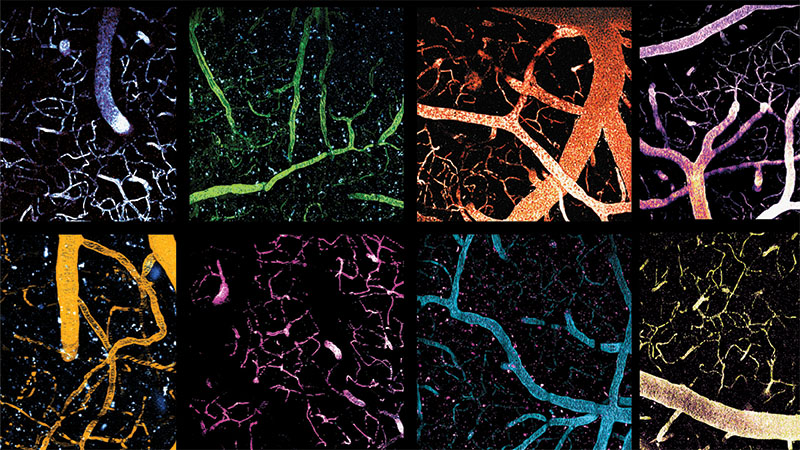Explore Our Research
Unlocking the Drivers of Nanoparticle Delivery

Despite their potential, nanoparticle therapies have yet to make a significant clinical impact for most cancer patients. Our goal is to change this by identifying and validating nanoparticle-specific biomarkers. This approach will enable us to stratify patients more effectively and develop tailored formulations that can benefit those with the most challenging-to-treat tumors.
We have leveraged pooled screening techniques to uncover hundreds of predictive biomarkers of nanoparticle-cell interactions. We are now expanding this methodology to encompass a wider range of nanoparticles with diverse drug cargos, aiming to pinpoint the most promising biomarkers for clinical translation. Through rigorous study of the biologic regulators of nanoparticle delivery, we aim to accelerate the translation of nanoparticle therapies into the clinic, offering new hope for patients with difficult-to-treat cancers.
Engineering Combination Nanomedicines
 This project aims to design innovative nanoparticle systems where the drug carrier itself works synergistically with the drug cargo to provide a powerful combination therapy, specifically targeting the unique vulnerabilities of pediatric cancers. This cutting-edge approach requires a deep understanding of how nanoparticles interact with cells and dynamic insights into cargo delivery at the subcellular level.
This project aims to design innovative nanoparticle systems where the drug carrier itself works synergistically with the drug cargo to provide a powerful combination therapy, specifically targeting the unique vulnerabilities of pediatric cancers. This cutting-edge approach requires a deep understanding of how nanoparticles interact with cells and dynamic insights into cargo delivery at the subcellular level.
We begin by employing chemical and genetic screening techniques to understand the impact of specific lipids on cancer drug delivery. Leveraging the unique properties of nanoparticles, we strive to enhance therapeutic efficacy while reducing the side effects of treatments. By unraveling the fundamental mechanisms governing nanoparticle-cell interactions, we aim to unlock combination strategies that could be relevant to a wide range of cancers and potentially impact other devastating childhood diseases, as well.
Precision Drug Carriers for the Central Nervous System

Effective treatment of central nervous system diseases requires sufficient drug exposure to achieve the desired therapeutic effects. However, the blood-brain barrier significantly restricts most drugs from entering the brain and spinal cord. Delivering drugs to pediatric brain tumors presents an even larger challenge as we balance aggressive treatment of cancer cells with the protection of the healthy, developing brain.
One major focus of the lab is improving drug delivery to pediatric brain tumors using new drug formulations and innovative administration methods. We have previously investigated the impact of nanoparticle surface chemistry in crossing the blood-brain barrier and penetrating the tumor microenvironment, and are expanding this work to include direct delivery into the cerebrospinal fluid.
In addition to developing new nanomedicines in the lab, we are collaborating with academic and industry labs to bring existing formulations to the clinic more rapidly. By filling the 'translational gap' with rigorous preclinical data, we aim to design high-quality clinical trials that can accelerate the availability of effective treatments for pediatric brain tumors.
